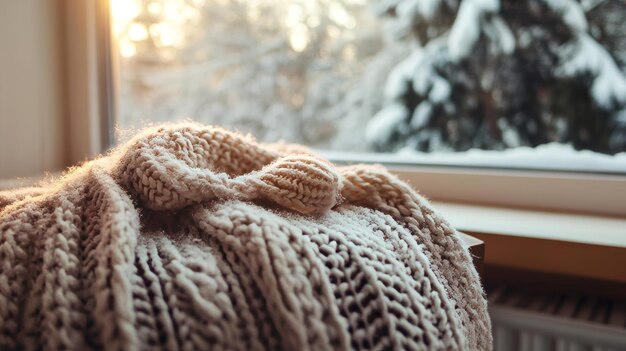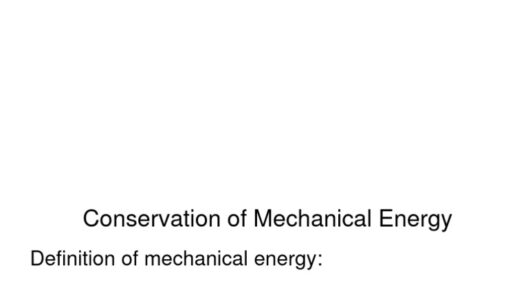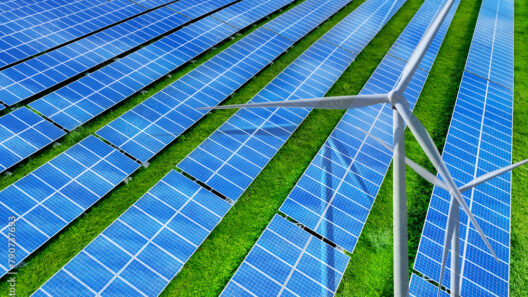As the winter chill descends upon us, many ponder a crucial query: how do we maintain warmth in our homes without depleting our bank accounts or exacerbating our environmental footprint? With energy costs on the rise and the stark reality of climate change looming, it becomes paramount to adopt strategies that enable us to stay cozy while conserving energy. Are you ready for the challenge this winter to reduce your energy consumption and embrace a more sustainable lifestyle?
Herein lies an extensive guide, brimming with practical insights that promise not only comfort but also alignment with the imperative to safeguard our planet. Each tip is crafted to be easily assimilated into your winter routine, facilitating an eco-friendly approach to heating.
Firstly, let’s contemplate insulation. Think of your home as a warm cocoon. If there are cracks and openings, that warmth will escape coupled with the cold air infiltrating your space. Ensure that your home is well insulated by sealing gaps around doors and windows with weatherstripping and caulk. Moreover, consider thermal curtains that can be drawn at night to prevent heat loss while allowing sunlight to flood your home during the day, warming it naturally.
Next, we turn our attention to your heating system. Regular maintenance is key. A furnace that is working efficiently expends less energy. Change the air filters monthly—this simple yet effective action can enhance airflow and overall efficiency. Additionally, if you possess a thermostat, consider upgrading to a programmable or smart model that allows you to customize heating schedules based on your routine, minimizing energy use when you’re away.
But have you ever considered the temperature you set for your home? Reducing your thermostat by just a few degrees can lead to a substantial reduction in energy consumption. Aim to set it to a comfortable but cooler setting, ideally around 68°F during the day. When night falls, consider layering up with blankets and warm pajamas to enable a further reduction while enjoying the warmth of your cozy cocoon.
Compounding this, the use of space heaters may be advantageous. Instead of heating your entire abode, concentrate on warming specific areas, particularly those you inhabit frequently. However, exercise prudence—space heaters can be energy-hungry. Opt for models equipped with timers and automatic shut-off features to maximize efficiency and mitigate safety risks. Remember, safety should always be paramount.
The act of utilizing natural sunlight can greatly augment your energy conservation efforts. During the day, open curtains and blinds to harness the sun’s radiant energy. Every ray that enters your home serves as a natural heater, aiding in the reduction of reliance on artificial heating sources. At dusk, however, ensure that they are closed promptly to encapsulate that warmth within your walls.
Furthermore, consider the impact of your appliances. Did you know that many household items can operate efficiently even in colder months? Activities such as baking can raise the temperature of your home while providing warmth and a delicious treat. On the contrary, relying on dishwashers or laundry machines during peak energy hours can inflate costs. Schedule these chores during non-peak times to save on energy bills.
Embrace the age-old practice of layering in your attire. Instead of cranking up the heat, bundle yourself in multiple layers—sweaters, thermal socks, and blankets can work wonders while ensuring you remain snug as a bug. For every degree you reduce your thermostat, you might find comfort in the coziness derived from a warm cup of tea and the gentle embrace of your favorite throw.
In addition, consider the sustainability of your heating sources. If feasible, explore renewable energy options such as a geothermal system or solar panels—investments that can yield long-term savings while reducing carbon emissions. For those less inclined to overhaul their systems, alternative heating methods such as pellet stoves or wood-burning fireplaces can also contribute to a greener heating strategy, provided they are used responsibly and comply with local regulations.
Lastly, prioritize mindfulness in your energy use. When exiting a room, ensure that lights are turned off; this habit promotes both energy conservation and longevity of your bulbs. Similarly, unplugging devices not in use can minimize phantom energy draw, which can account for a notable percentage of your energy bills.
In conclusion, embracing energy conservation during winter does not necessitate sacrifices in comfort or coziness. Through insulation, maintenance of heating systems, mindful energy use, and the creative application of layering and natural resources, we can indeed face the biting cold with warmth and sustainability. Will you accept the challenge to transform your winter energy habits? Each small change contributes to a larger movement towards environmental sustainability and financial prudence. As this winter unfolds, may your home radiate warmth, both physically and ethically, as you navigate the seasonal chill with these impactful strategies.








